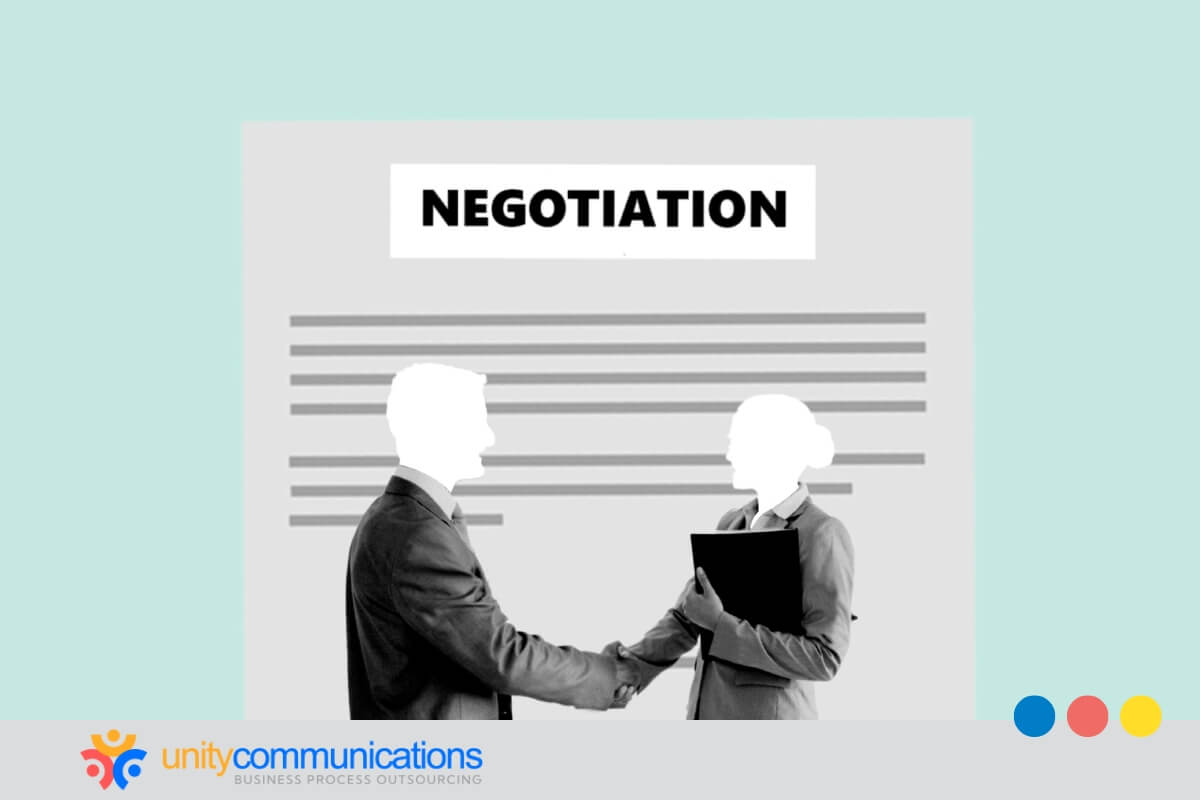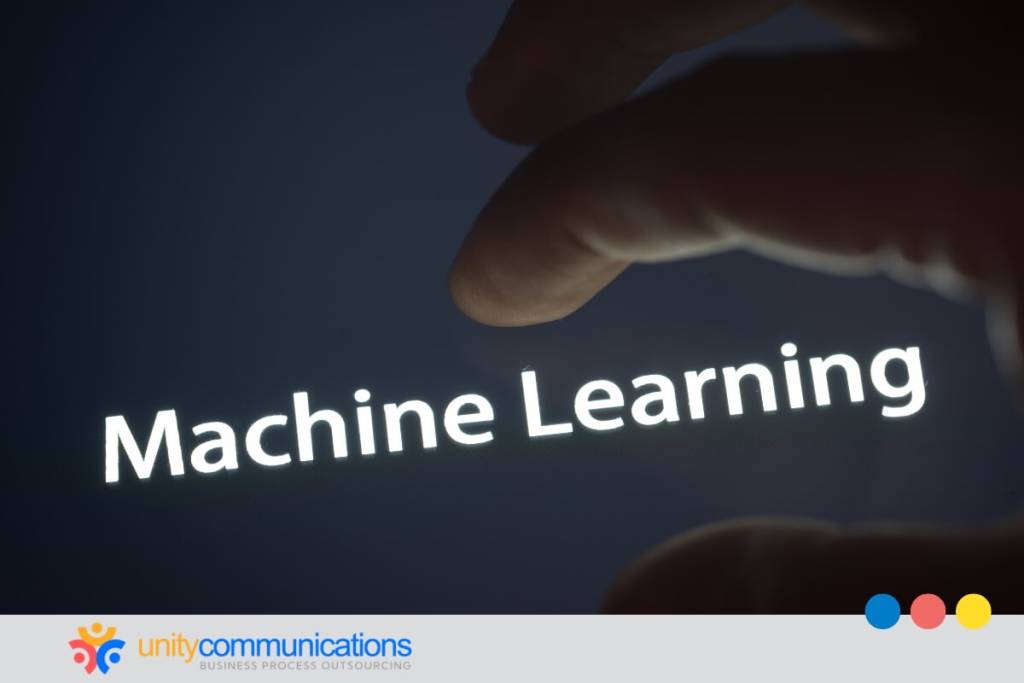Table of Contents
Knowledge process outsourcing (KPO) gives companies access to specialized expertise and high-value insights. It supports more complex work, such as legal research and market intelligence.
Because of this, cost structures in KPO models are more nuanced based on complexity, skill level, and the work’s strategic value.
This article explains the KPO pricing options: full-time equivalent (FTE), output-based, or performance-based. It also covers hidden costs and factors that affect returns. Read below to learn how to align this business process outsourcing (BPO) strategy with your budget and long-term goals.
The cost structure in KPO versus traditional outsourcing

According to Grand View Research, the global BPO market could reach over $500 billion in 2030. This highlights its widespread use for streamlining routine tasks.
Traditional BPO handles standardized, high-volume work such as data entry, payroll, and customer support. These services are transactional and process-driven, requiring minimal domain expertise and variation in execution.
What BPO offers is scale and consistency, with straightforward pricing models. Firms usually charge per transaction, hourly, or flat monthly rates. This makes the approach ideal for reducing operating costs.
In contrast, KPO handles specialized jobs, such as legal research, clinical analysis, or financial forecasting. Its pricing reflects:
- The depth of expertise required
- Project complexity
- Demand for niche providers
- The third-party team’s contribution to long-term growth
KPO costs also cover premium tools, domain expert onboarding, compliance with industry regulations, and access to proprietary data sources.
Although more complex than BPO pricing, KPO cost structures often lead to higher-value outcomes. For this reason, KPO is a strategic investment when you seek insight, innovation, and long-term business growth.
3 common cost structures in KPO models
KPO firms adopt various pricing models to match their services’ value, complexity, and variability. The most common include:
- Full-time equivalent (FTE). KPO providers charge a fixed monthly fee per dedicated resource. It works well for long-term, ongoing tasks.
- Output-based. Pricing correlates to measurable deliverables, such as the number of reports, legal briefs, or research insights. This aligns cost with productivity.
- Hybrid model. It combines FTE for core tasks with output-based pricing for specialized or ad hoc work, offering flexibility and cost control.
Unlike traditional outsourcing, the cost structures in KPO models focus on expertise, quality, timing, and strategy. While less predictable, they better align clients and vendors on performance and results.
Fixed fee vs. performance-based arrangements
When structuring KPO agreements, pricing becomes about aligning incentives, managing risk, and driving results. Two widely used models are fixed-fee and performance-based pricing. Each suits particular projects and client priorities. Understanding their differences helps you choose the model that best supports your strategic goals.
| Criteria | Fixed-Fee Model | Performance-Based Model |
|---|---|---|
| Budget predictability | High fixed cost regardless of outcome | Variable—depends on the achieved results |
| Best suited for | Projects with clearly defined scope and deliverables | Innovation-driven tasks tied to measurable business outcomes |
| Motivation for vendors | Stable but might not incentivize exceeding expectations | High—compensation increases with better performance |
| Alignment with client goals | Limited—focuses on task completion | Strong—links compensation to strategic impact |
| Flexibility | Low—scope changes might require contract adjustments | High—adapts to performance and evolving objectives |
| Key requirements | Clear scope and deliverables | Well-defined KPIs, regular reviews, and mutual trust |
Choosing between fixed-fee and performance-based pricing depends on how much flexibility, accountability, and value you want to build into your partnership.
Factors that influence pricing variation across vendors

KPO pricing isn’t one-size-fits-all. While 34% of respondents outsource to reduce costs, vendor pricing can vary significantly based on several factors. Knowing these variables helps you choose partners based on value, not price tags.
- Location and labor costs. Because of their lower costs of living, offshore providers in India or the Philippines might offer competitive rates compared to U.S.- or Europe-based firms.
- Vendor maturity. Established, experienced vendors might charge more than newer entrants but offer lower risk.
- Technology integration. Providers using artificial intelligence (AI), automation, or proprietary platforms might command higher fees for faster and smarter execution.
- Domain expertise. Niche industries such as healthcare, legal tech, or fintech typically incur premium rates. They require more technical expertise, oversight, and strict regulatory compliance.
Choosing the right KPO partner is about weighing what you get for what you pay, from specialized expertise to more innovative tools and lower risks.
How complexity and specialization affect pricing
Two factors that shape cost structures in KPO models are complexity and specialization. The more specialized and complex a task, the higher the price. KPO often involves hard-to-find skills, deep industry knowledge, and alignment with business goals.
For example, a firm handling biotechnology patent research needs scientific, legal, and regulatory expertise. This is more demanding than general research work and requires greater investment in expert staff, tools, and training.
Costs also increase when jobs involve industry compliance, such as the General Data Protection Regulation (GDPR) for data management and the Health Insurance Portability and Accountability Act of 1996 (HIPAA) for healthcare-related KPO services. Projects that need multilingual support or advanced data analysis tools also come with a premium.
In short, cost structures in KPO models reflect far more than labor hours. They account for expertise, risk mitigation, and the ability to generate high-impact results. Choosing KPO means investing in more intelligent decisions, reduced errors, and long-term business growth.
The role of service-level agreements in cost setup
Service-level agreements (SLAs) also influence the cost structures in KPO models. They define expectations, such as turnaround time, accuracy, uptime, and escalation processes. The more demanding the SLA, the more resources vendors must allocate, raising costs.
This underscores the role of SLAs in effective outsourcing. Beyond performance tracking, SLAs influence pricing by setting the standards vendors must meet. For example, a 24-hour turnaround on legal analysis requires more staffing than a 72-hour window, affecting the contract’s cost.
Aligning SLAs with business priorities ensures you’re paying for consistent performance and reliability. When properly structured, they support quality outcomes and strategic financial planning.
Cost transparency and hidden charges to watch for
Although KPO partnerships often promise cost savings, not all expenses are visible upfront. Without scrutiny, hidden fees can catch you off guard, quickly erode returns, and strain budgets.
These costs usually appear outside the base service agreement. They might not be evident until the project is underway:
- Ramp-up and onboarding fees. Many providers charge a one-time fee for setup, including initial training, systems integration, or knowledge transfer. For example, you might receive a surprise $5,000 onboarding bill after a brief discovery meeting and documentation handoff.
- Charges for revisions or out-of-scope requests. If your deliverables evolve even slightly, some vendors charge extra for changes outside the original scope. For instance, requesting an additional round of review on a financial model could trigger unexpected revision fees.
- Technology usage or software licensing fees. KPO firms might pass on the cost of using analytics platforms, data tools, or collaboration software. Imagine getting billed monthly for a platform you didn’t know they used.
- Data transfer or storage surcharges. Large file transfers or data hosting might incur extra costs. A data-heavy project, such as medical records analysis, could rack up storage charges if not negotiated early.
- Early termination penalties. Preterminating a contract could trigger fees that include loss recovery or minimum commitment charges. This clause could limit exit options if your business pivots or performance falters.
Because these items can affect cost structures in KPO models, avoid them by always requesting a detailed pricing breakdown. These include service tiers, total hours, and recurring platform fees. Don’t hesitate to question vague terms such as “consulting fee” or “resource buffer,” which might mask variable or bundled charges.
Negotiating pricing terms in long-term KPO deals

According to Deloitte’s 2023 survey, 62% of organizations planned to renegotiate their outsourcing contracts. This emphasizes the necessity for adaptable pricing frameworks in long-term engagements.
A well-negotiated agreement should account for shifts in workload, performance expectations, and changing business priorities. All these elements are central to cost structures in KPO models.
Below are key components to include:
- Volume-based discounts. As outsourcing needs grow, the cost per deliverable should decrease. This rewards long-term commitment and motivates vendors to scale efficiently.
- Built-in renegotiation checkpoints. Schedule formal reviews every 12 to 18 months. Revisit pricing, scope, and performance metrics based on evolving business goals and market conditions.
- Risk-sharing clauses. Encourage accountability and collaboration. Offer milestone-based bonuses for exceeding targets and include flexibility for client-caused delays.
- Currency fluctuation protections. For international deals, fix conversion rates or add adjustment mechanisms to safeguard parties against exchange rate volatility.
- Focus on long-term value, not just short-term savings. Contracts should encourage innovation, flexibility, and shared growth, not just cost savings.
Long-term KPO partnerships demand more than an agreement on initial pricing. These engagements often evolve in scope, complexity, and strategic impact. Pricing terms must be flexible, scalable, and future-ready.
Measuring ROI beyond upfront cost in KPO partnerships
Knowing the actual return on investment (ROI) in KPO partnerships goes beyond simple cost comparisons. To accurately evaluate value, track the following performance metrics:
- Internal time savings. Measure reductions in hours spent by internal staff on non-core tasks. Track time or estimate tasks to quantify how much capacity you’ve freed for higher-value work.
- Turnaround time. Track how quickly KPO partners deliver outputs such as reports, models, or insights. Compare against internal benchmarks or industry standards to assess speed gains.
- Decision velocity. Measure how faster data or research speeds up time to market or key decisions.
- Quality and accuracy rates. Use review scores, error rates, or rework percentages to track output quality, especially in high-risk areas such as legal, compliance, or finance.
- Cost per output unit. Rather than focusing on total price, compare the cost per deliverable (e.g., per research report, financial model, or dataset analysis) to internal equivalents.
When you look beyond upfront pricing, a KPO engagement, anchored in strategic outsourcing, delivers high-impact results across cost, capability, and competitiveness.
The bottom line
The different cost structures in KPO models reflect more than just man-hours. They cover value, expertise, and strategic alignment. Understanding the factors driving them can unlock long-term returns that outweigh the initial price tag.
KPO cost models promote accountability, continuous improvement, and deeper partnerships by focusing on outcomes rather than inputs. When aligned with your goals, they become a lever for innovation and long-term value creation.
Let’s connect to explore how the right KPO structure can drive sustainable growth for your business.




